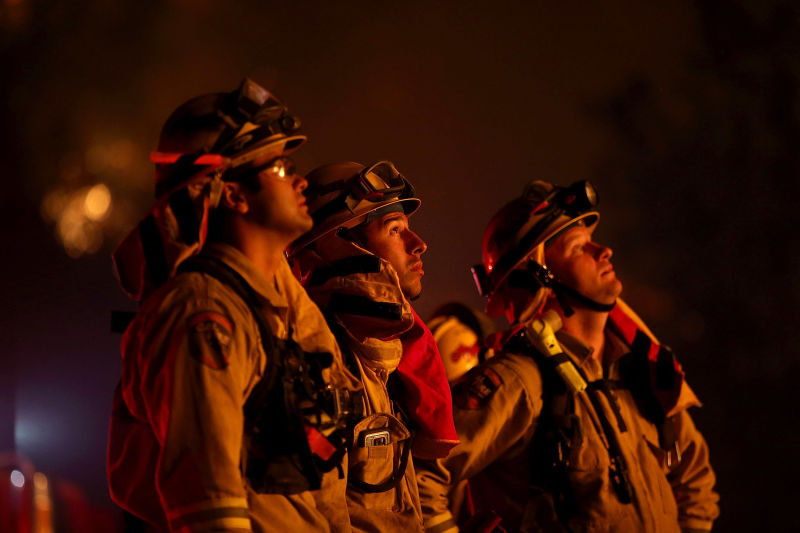Those who do not learn from history are doomed to repeat it, is the sentiment expressed in a famous quotation. So before you head out into 2016, take a moment to review 2015. Was it any more eventful than previous years? Probably not. But one thing's certain: Many if not all of these Bay Area stories will continue to crop up in your newspaper, Twitter feed and Facebook page in the coming year.
Unlike much fiction, news stories don't always come to a neat climax -- sometimes they merely inch toward resolution, and sometimes the broader issues they represent never resolve at all. Crime and punishment, violence, equal justice, depletion of precious resources, corruption -- these are all universal themes that will continue to challenge various Bay Area communities, not to mention the one big Bay Area community, well into the future.
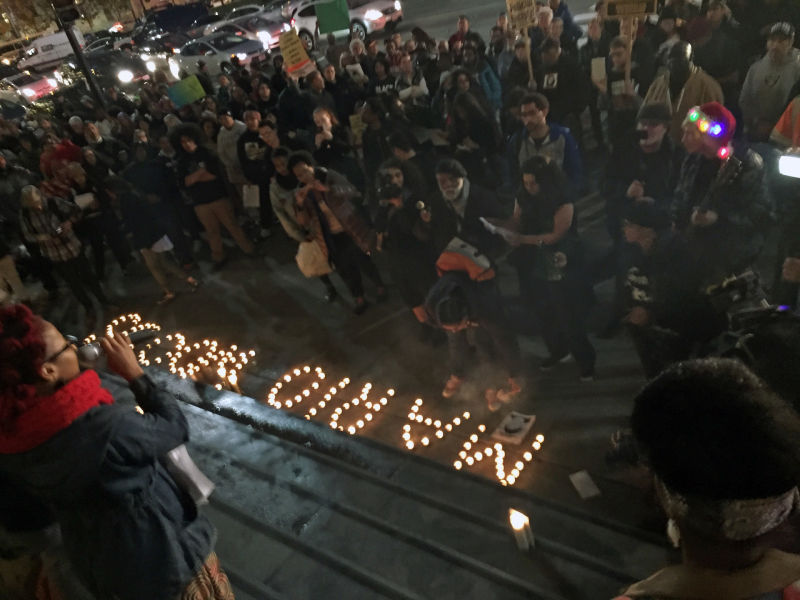
Concern over police shootings and misconduct: As in much of the country, residents in several Bay Area cities have expressed concern over police use of force. The highest-profile case involves the Dec. 2. shooting of Mario Woods by San Francisco police officers in the city's Bayview neighborhood. Video of the incident captures officers firing at least 19 shots at Woods, who police say was carrying an 8-inch kitchen knife after stabbing someone several blocks away. Also of note: The brutal videotaped beating of an East Bay man by Alameda County sheriff's deputies and an ongoing controversy over racist and homophobic texts exchanged by members of the San Francisco police. Also in 2015, two Bay Area police officers were killed in the line of duty, Sgt. Scott Lunger of the Hayward Police Department and Officer Michael Johnson of the San Jose Police Department.
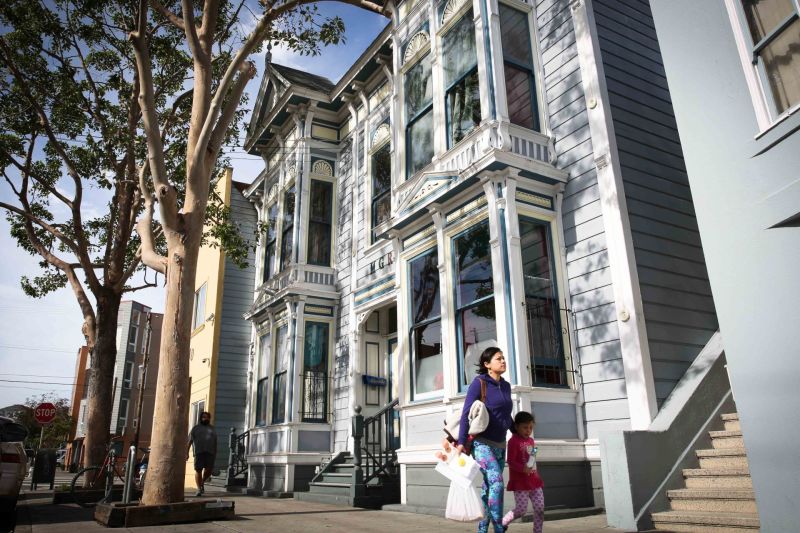
Bay Area housing crunch: A cruel and increasingly crushing fact of life for many of us in the Bay Area: It's very expensive to live here and getting more so. It's not a fresh story -- one of our most-viewed posts for 2015 is actually a rather slender December 2012 entry headlined "A Map of the Cheapest Places to Live in the Bay Area." But the many faces of the story, whether discussing development and displacement of longtime residents in Redwood City or how West Oakland is responding to gentrification, drew a lot of attention. Our No. 1 news post for the entire year is one that broke down the shocking income requirements to buy a home in the Bay Area.
On the bottom rung of the housing ladder: those without a home. After expelling thousands of people from “The Jungle” homeless encampment in 2014, Santa Clara County began building permanent housing for the chronically homeless. In San Francisco, booming construction pushed once-hidden encampments out into the open, and many neighborhoods reported an uptick in street homelessness. The city also embarked on a new approach to solving this seemingly intractable problem, opening a homeless Navigation Center that drew international interest from homeless officials. Amid the various statistics and policy discussions, we tried to keep in mind that the story was about actual individuals.
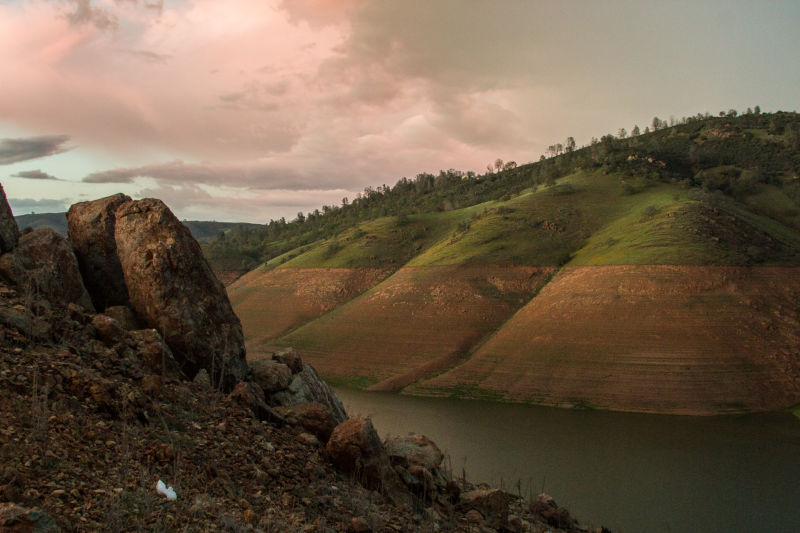
California Drought -- The State Gets Tough: Leave it to California to have to worry about severe depletion of our water supply and flooding. Whether we'll be writing in this space next year about how El Niño vanquished the drought remains to be seen, but in 2015, water worries finally caused the state to get serious about conservation. In April, the water content of the Sierra Nevada snowpack, typically supplying nearly a third of California’s water, was measured at its lowest in 500 years. Californians had dilly-dallied under voluntary restrictions, and as they stared into their toilets wondering whether to flush, Gov. Brown got tough, issuing in April an unprecedented executive order mandating statewide water restrictions. Californians responded, reducing residential water use by over 27 percent through October. Amid this renewed spirit of parsimony, the latest snowpack measure has given cause for cautious optimism, though water officials have continued to warn to not count those acre-feet of water before they materialize -- conservation is still the order of the day.
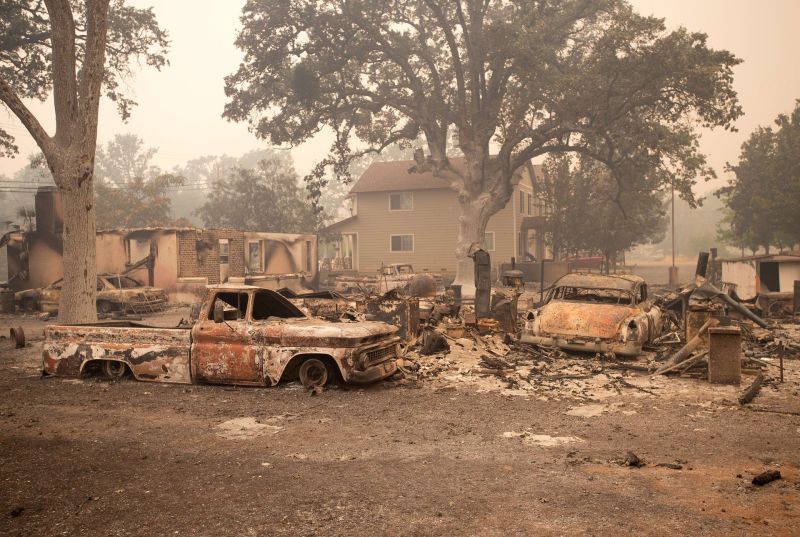
Wildfires Cause Havoc: The drought left the state high and dry in 2015, turning its vast wilderness into one big tinderbox. Through Dec. 26, Cal Fire tracked 6,318 fires, which burned a total of more than 307,000 acres -- or about 480 square miles, roughly the size of Los Angeles. That's 62 percent more scorched land than burned in 2014, and almost three times the five-year average. In September, the Rough Fire rained ash down on Fresno. The blaze started with a lightning strike in July and ended up burning 151,000 acres, making it the 13th-largest California wildfire since measurements were kept. The Valley Fire in Lake County was truly devastating, destroying 1,281 homes, 27 multifamily buildings and 66 commercial properties. Four people were killed and thousands were left homeless. The fire also ravaged Harbin Hot Springs, a special retreat for many. Photos conveyed the fire's intensity and destruction, but amid the devastation, hope and generosity remain.
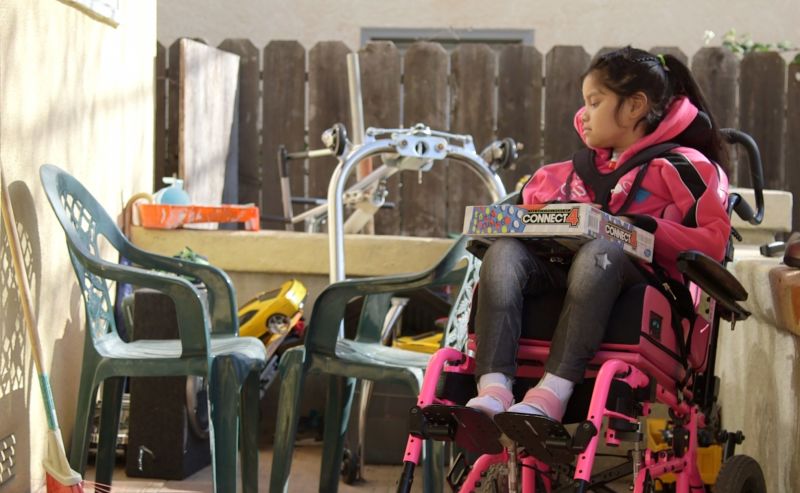
Gun Violence: In the wake of the mass shooting in San Bernardino, just the latest in a series of heinous attacks using firearms in 2015, a painful debate (if you want to call it that) emerged over the nexus of guns, immigration and terrorism. Locally, the fatal shooting of Kate Steinle -- shot dead, allegedly, by an undocumented immigrant with multiple felonies on his record after being released from a San Francisco jail -- resulted in something only the news media could love: The intersection of a horrific tragedy, Sheriff Ross Mirkarimi's interpretation of the city's sanctuary laws and the presidential ambitions of Donald Trump. In Oakland, long plagued by gun violence, there were more fatal shootings than in 2014. One that especially hit home: the murder of artist Antonio Ramos, killed while painting a mural on an underpass beneath the 580 freeway in West Oakland. In May, we took a sad look at the effect on children of constant violence in some Oakland neighborhoods.
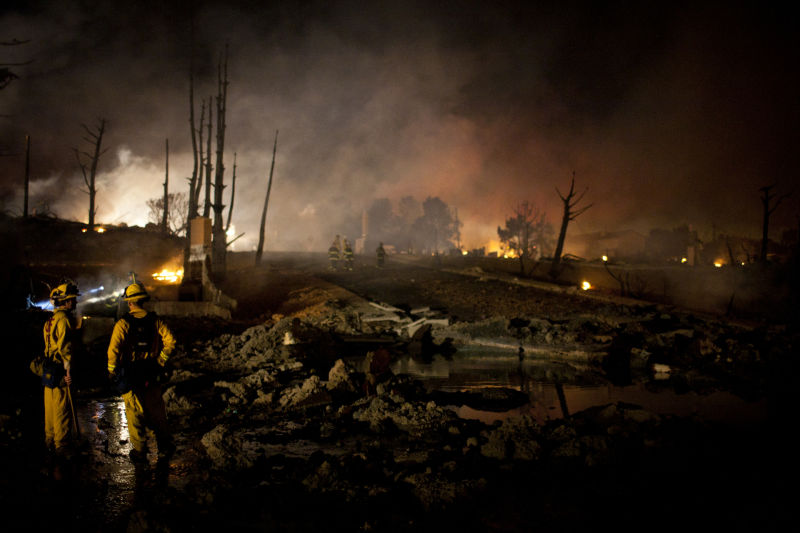
More Bad Energy at the CPUC : In September, five years after a deadly pipeline explosion in San Bruno, we investigated whether Californians were any safer. The conclusion: While PG&E and its regulators corrected some of the failures that led to the catastrophe, a pattern of systemic dysfunction has yet to be remediated. Among the improprieties: correspondence that revealed in granular detail the overly familiar relationships between the utility's executives and key commission decision-makers, lasting well beyond the San Bruno incident. Meanwhile, advocates for reform have been deeply disappointed over Gov. Jerry Brown's veto of bills designed to hold the commission accountable and prevent further disasters. Coming up: Former CPUC president Michael Peevey and former PG&E executive Brian Cherry are being investigated by both the federal and state government.
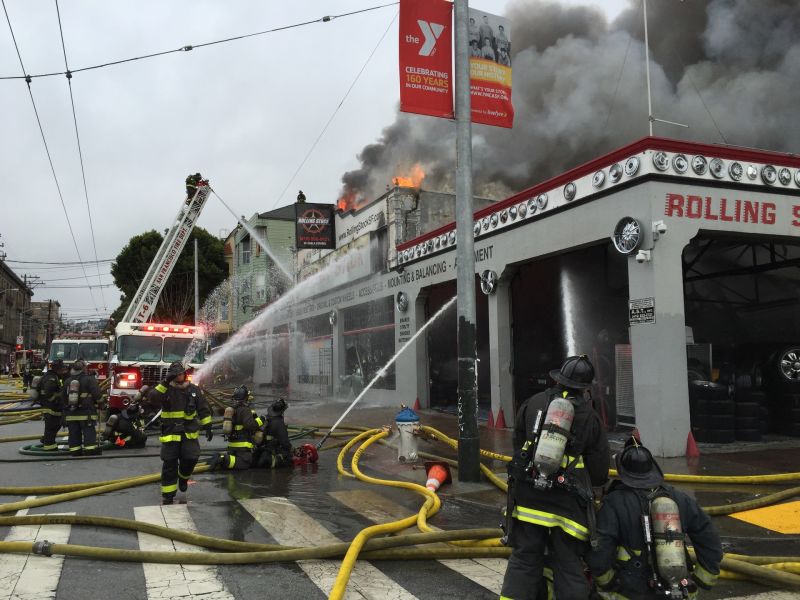
San Francisco Fire Department Backlog: San Francisco’s top arson investigator said in February that his department was “woefully short” of personnel, hampering investigations during an uptick in fires in the city. In June, KQED discovered that the department had failed over the last four years to complete more than 300 investigations, including at the time three fires that killed four people. Soon after, Board of Supervisors President London Breed repeated a call for Fire Chief Joanne Hayes-White to be removed. In the wake of the controversy, Capt. John Darmanin, the arson investigation chief who spoke out about the delays early in the year, was reassigned. He did not go quietly. “Without a doubt I was pushed out,” Darmanin told KQED. “The department told me to stop asking for additional staffing.” Supervisor David Campos is planning hearings on the backlog in the new year.
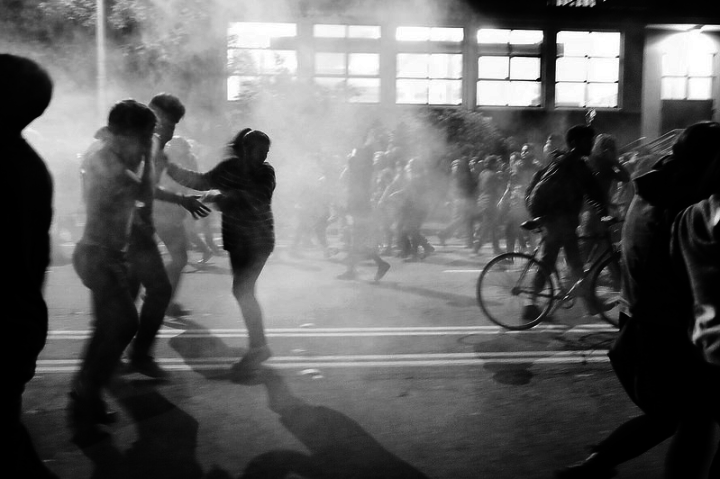
Racial Issues Intensify: In part because of a string of high-profile fatal shootings of African-Americans by police officers, in part perhaps due to social media, 2015 seemed to be a year that America was confronted by racial issues in a more direct way than usual. The Black Lives Matter movement continued to be a presence in the Bay Area, and other incidents less serious than fatal shootings but nonetheless painful to minorities symbolized, for some, that racism, is alive even in our progressive enclave.
